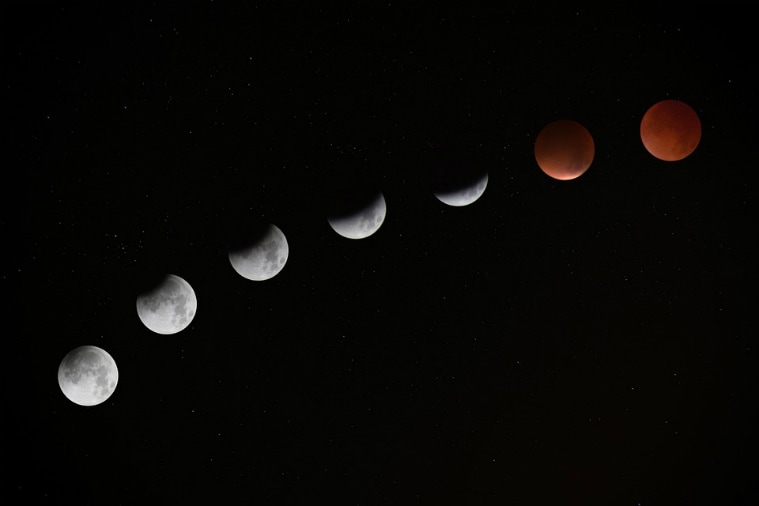The first eclipse of the year 2020 is going to be a lunar eclipse where the Moon passes directly behind Earth to enter its shadow. The celestial event will fall on January 10 this week and it will be visible even from India, which also happened to witness the final solar eclipse of the year 2019 in December.

What is a penumbral lunar eclipse?
A penumbral eclipse occurs when the Earth passes between the Moon and the Sun. It obscures the Sun’s light for a specific amount of time, causing the Earth’s shadow to fall on the Moon. Unlike other eclipses, the penumbral eclipse is a very subtle celestial event to observe, though it is interesting to see the larger than usual appearance of the Moon, and the shifts in shadow during the 4 hour period. When the eclipse is at its peak, the Moon’s outer disc will fall under the Earth’s shadow, but not completely. At maximum eclipse, 90 percent of the Moon will be partially shaded by the Earth. The Moon will appear dim, and won’t be as bright as on other days. As mentioned, there will be three more penumbral lunar eclipses this year – June 5, July 5, and November 30.
Penumbral lunar eclipse timing in India
India will also witness the penumbral lunar eclipse of January 10. As per timeanddate.com, the eclipse will begin at 10:37 pm on January 10 and end at 2:42 am on January 11, 2020. The maximum eclipse timing will be 12:42 am on January 11. The total duration of the lunar eclipse will be around 4 hours and 5 minutes.
How does a lunar eclipse happen?
During a lunar eclipse, Earth blocks sunlight from reaching the Moon and this happens when the Moon is passing behind Earth. During a lunar eclipse, the Earth is between the Sun and the Moon and the three bodies are aligned– either perfectly or imperfectly.
Where to watch the penumbral lunar eclipse on January 10, 2020?
As mentioned, the eclipse will be visible in India, and countries across Asia, Africa, and Europe will be able to see the lunar eclipse as well. Unfortunately, the penumbral lunar eclipse won’t be visible in the US, as it will be daylight in that part of the region. CosmoSapiens will be live streaming the penumbral lunar eclipse celestial event, and you can watch it in the embedded video below.
What are the precautions one should take while watching the penumbral lunar eclipse?
While looking at solar eclipses, special glasses are usually recommended by experts. But in the case of a lunar eclipse, it is safe to look at it with the naked eye.












